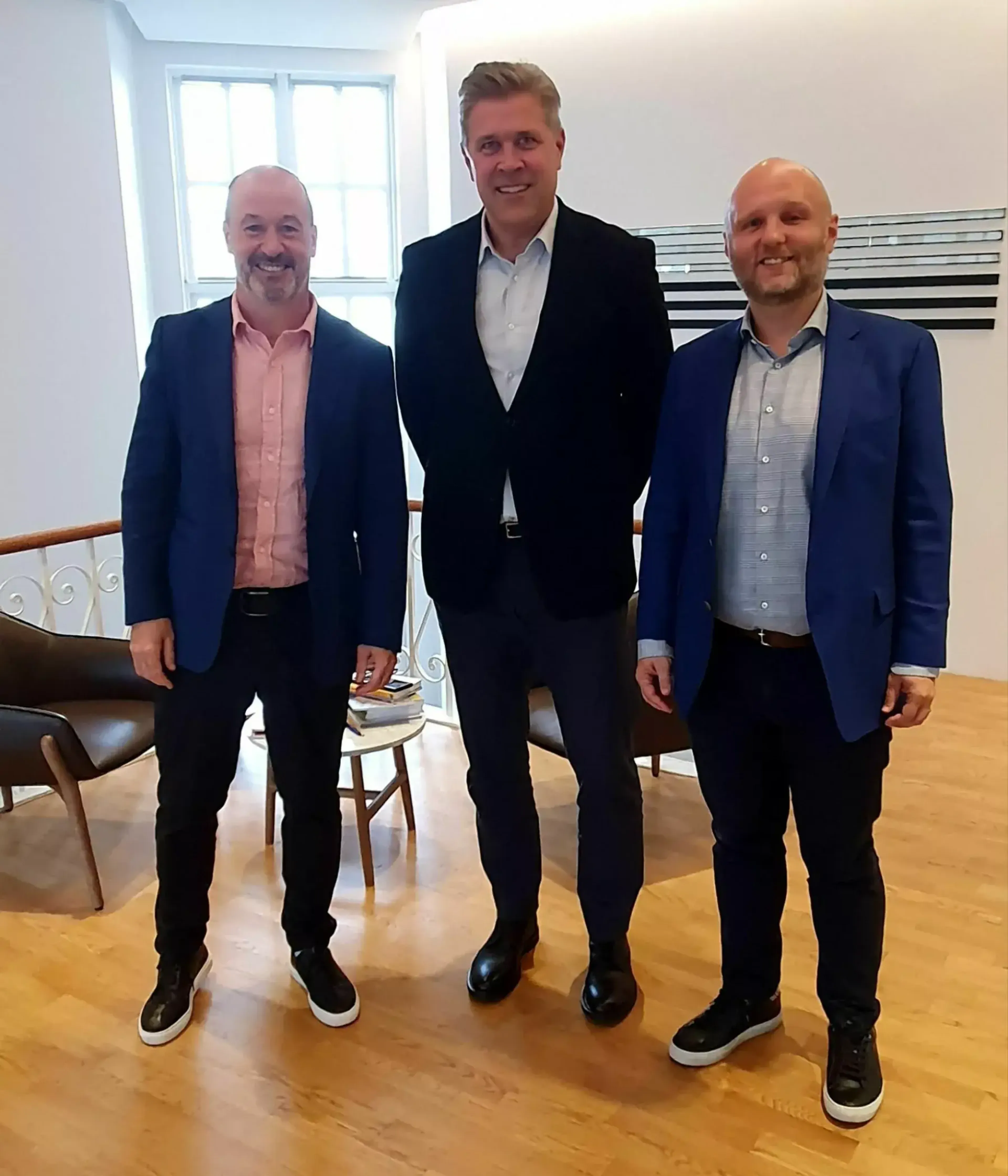
Mike Bracken CBE
Founder
Last month, I was strolling through Reykjavik with Kjartan Dige Baldursson, the Chief Financial Officer for Iceland’s hugely impressive digital play, Island.is, which is located in the ministry of finance and economic affairs.

We had just heard from a group of CIO’s in the country’s biggest Government agencies. Everyone was struggling with single vendor arrangements and ever increasing budgets. Why? Every new project, service or website goes back to the vendor base for a full price build and delivery. Capital intensive, and laborious, this creates all manner of competing demands between public organisations. It also reduces the organisation’s ability to ride the endless wave of reduced cost technology.
I was expecting the economics ministry to ask for advice on reduced Capex costs, vendor squeezes and contract re-use: the predictable first attempts at efficiency. But when I asked Kjartan what was key to the scale up challenge facing his nation as it seeks to digitise its services, he was very clear. “Marginal cost.”
This simple observation, that asking IT teams to define the cost added by producing one additional unit of a product or service, is smart. It demands that the team approach spending in a radically different way. It demands an understanding of the cost per transaction, and an understanding of failure demand. It positions technology spending within the wider overall delivery cost, rather than seeing it as a standalone bucket.
Lots of IT budgeting is wildly inefficient, sometimes to the point of mendacity. I recently saw one budget spreadsheet of a leading public organisation that forecasted the cost of one day’s writing of unknown code for an unknown piece of a currently unknowable public service. In May, 2026. This is madness. Yet finance functions demand this kind of ‘data’ to fulfil their business case process. And the ultimate source of the cash, in this case a European agency, invariably also demands the same false certainty.
As my colleague Dave Rogers, who runs the Public Sector practice at Public Digital puts it: “The barriers to achieving efficiency are about people, not technology. Inefficient technology is a result of hanging on to outdated models of delivery, especially big enterprise programmes, plus a lack of effective hiring into the technical workforce, and finally, a lack of market understanding leaving people vulnerable to the aggressive sales strategies of Big IT.”

Rather than task our finance teams with out-of-date business case templates, we should encourage them to ask interested questions like: How long will it take the team to make a simple prototype of a service? What percentage of technology spending is reusable? Can the proposed spending lead to ancillary benefits for other parts of the business? Will it use open source and open standards? What skills must we have embedded in our organisation? And as users' needs evolve, will our sunk cost in technology be able to scale? In short, we need finance teams to get involved, and understand the fundamental skills around software practices and public cloud infrastructure.
Why now? A recession or a crisis is a good time to do this. Indeed, there is never a bad time to stop self-inflicted mistakes. Thoughtful Icelandic public officials have worked out that marginal cost questions are a good place to start to explore the science fiction of current IT budget planning and forecasts. I fear that public officials and private industry finance functions struggling with recession and currency crashes will soon be asked to find jaw-dropping amounts in a short time.
Before they turn to the ‘big 4’, the extractive consultant class with their pre-populated budgets and silver bullet technology choices, perhaps they should ask the IT team: “How much does it cost to make just one service, or product or outcome. And what is the cost of making just one more?”
Whatever the sector, the financial approach to technology cost has to be addressed. We are simply asking, and answering, the wrong questions, cheered on by a clown-car of bad actors with a stake in continuing this state of affairs.
Perhaps the marginal is becoming central to how finance sees technology spending, at long last.

Founder